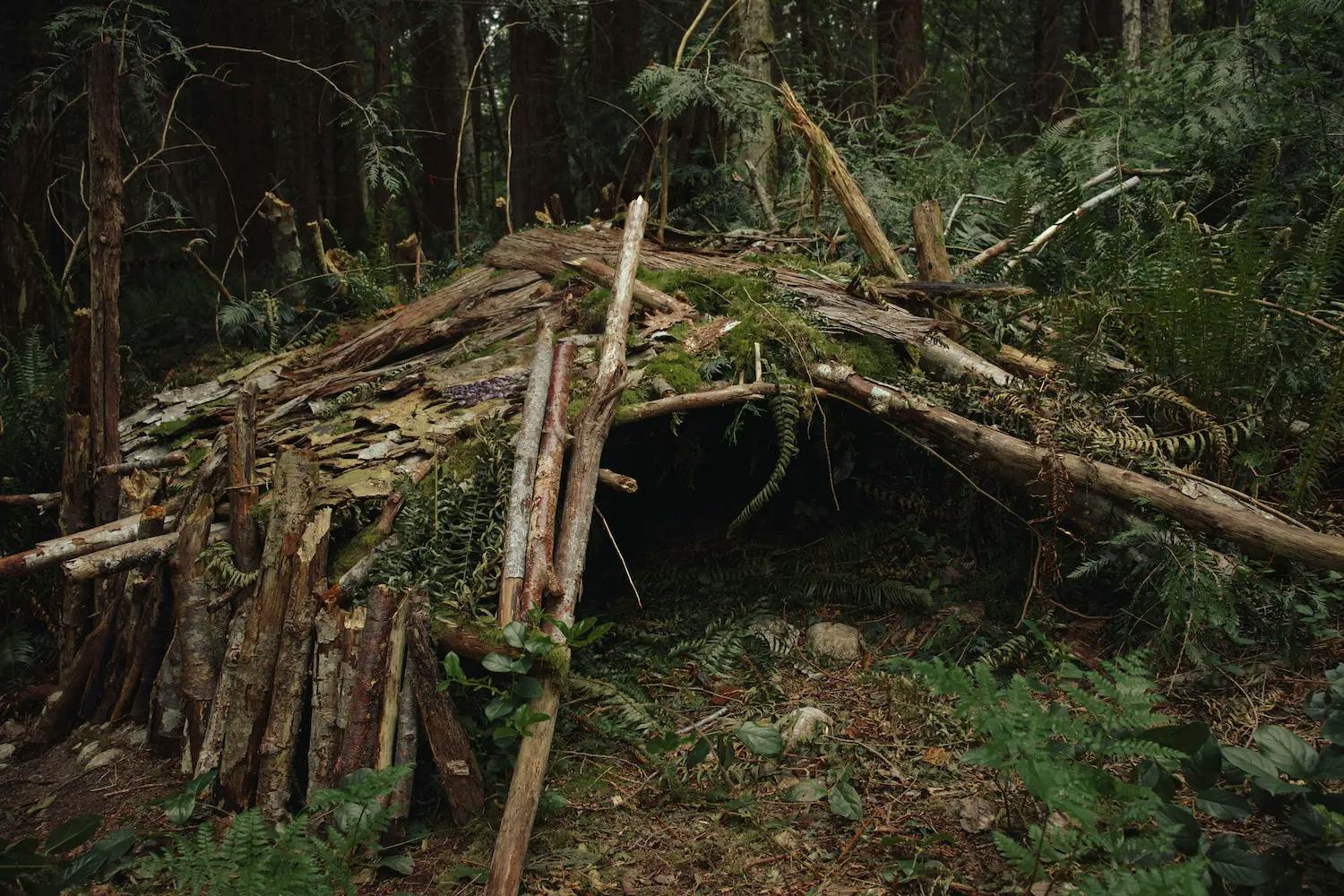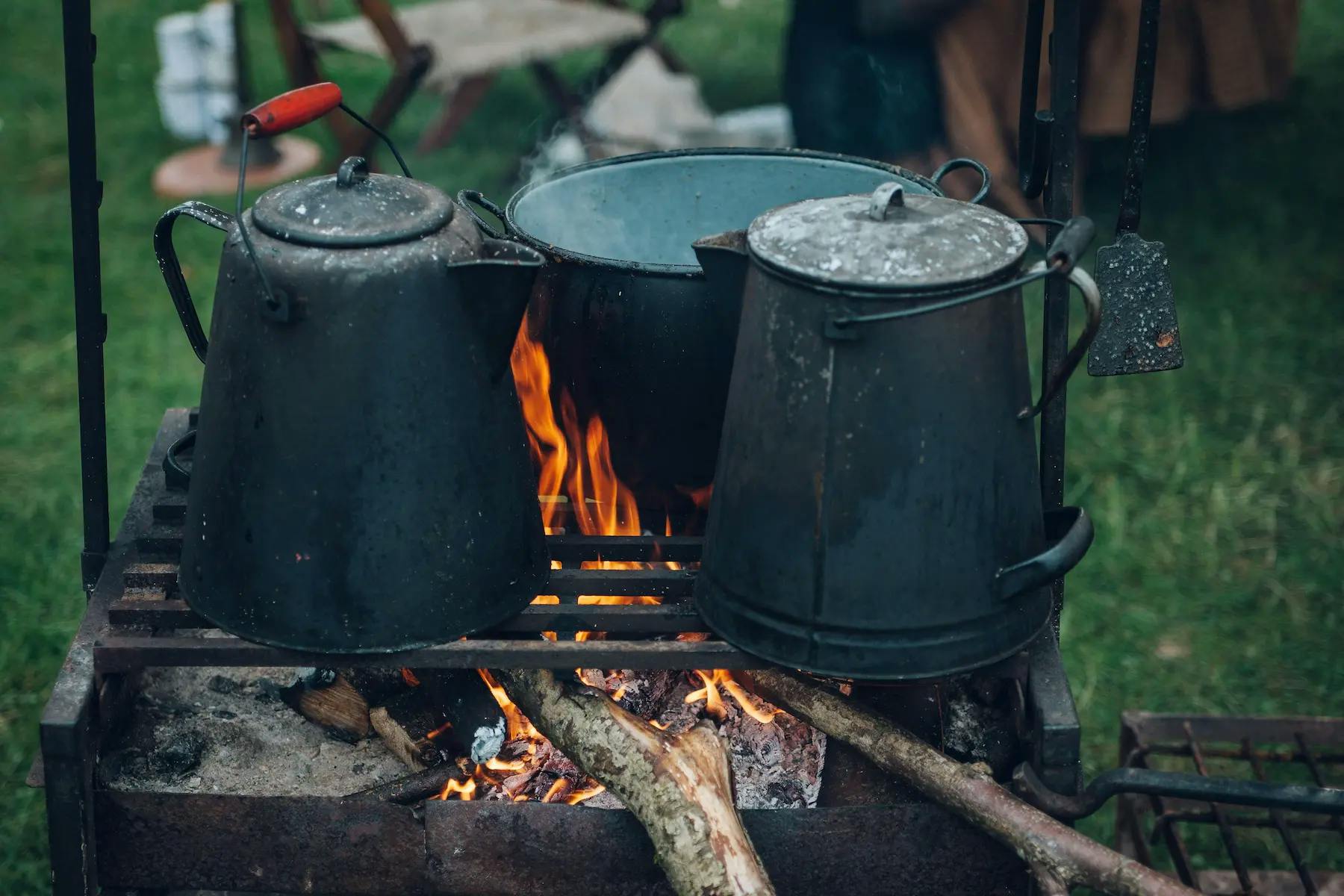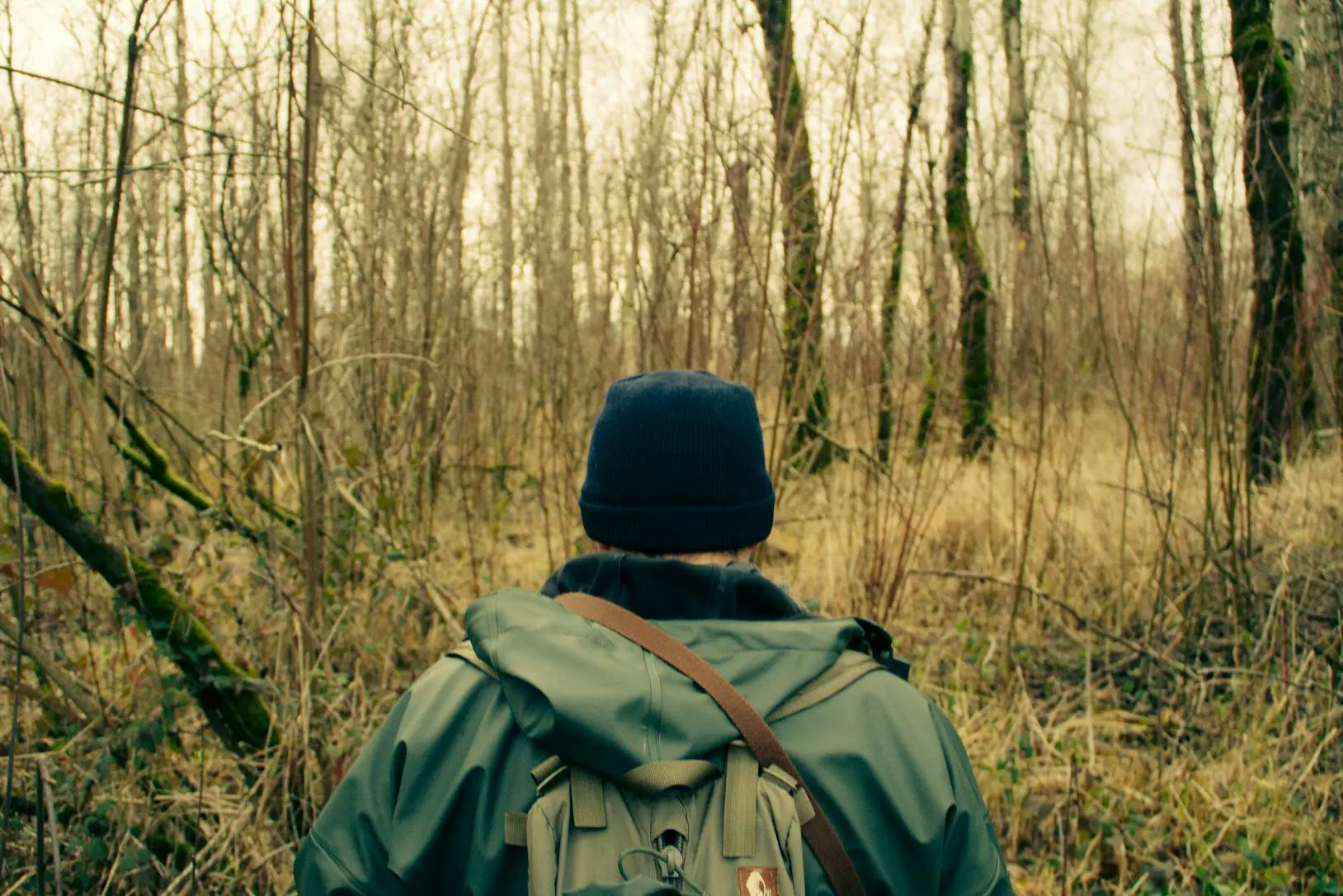Personalized Survival Kit Essentials
- Published on
Personalized Survival Kit Essentials: What You Need to Stay Safe
When it comes to survival, preparation is key. Whether you're heading out on a camping trip, preparing for a natural disaster, or just want to be ready for unexpected emergencies, having a personalized survival kit can make all the difference. But with so many options available, it can be overwhelming to know where to start. This guide will walk you through the essentials of building a personalized survival kit to ensure you're ready for whatever comes your way.
Assessing Your Needs
Before you start building your personalized survival kit, it's essential to assess your specific needs. Consider the environment you will be in, the potential risks you may encounter, and the number of people your kit will need to support. By understanding these factors, you can tailor your survival kit to meet your unique requirements.
Shelter and Warmth
In any survival situation, shelter and warmth are top priorities. Your personalized survival kit should include items such as a lightweight tent, emergency blankets, and a fire starter. Additionally, pack extra clothing appropriate for the climate you'll be in, including waterproof and insulating layers.
It's important to consider the possibility of being stranded without access to traditional shelter. In such cases, a portable emergency shelter or a durable tarp can provide crucial protection from the elements.
Water and Food
Access to clean water and nutritious food is vital for survival. Pack a water filtration system or water purification tablets to ensure a safe drinking water supply. Include non-perishable food items with high energy content, such as protein bars, nuts, and dehydrated meals.
In addition to food and water, consider including a compact cooking system in your kit. This can range from a portable stove to a small cookware set, providing you with the means to prepare hot meals and purify water if needed.
First Aid and Medical Supplies
A well-equipped first aid kit is a non-negotiable component of any survival kit. Your kit should contain a variety of bandages, antiseptic wipes, pain relievers, and any necessary personal medications. Don't forget to include medical tools such as tweezers, scissors, and a thermometer.
It's crucial to tailor your first aid kit to any specific medical needs you or your group may have. For example, if anyone in your group has allergies, asthma, or other chronic conditions, be sure to include the necessary medications and supplies.
Navigation and Communication
When in unfamiliar territory or during an emergency, having the means to navigate and communicate is essential. Consider including a map of the area, a compass or GPS device, and signal flares for emergencies. A whistle and a signal mirror are also valuable tools to have for communication and attracting attention if needed.
If you're venturing into areas with poor reception, a handheld two-way radio can be a reliable means of communication. Be sure to include extra batteries or a portable solar charger to keep your communication devices powered.
Tools and Multi-Purpose Items
Versatile tools can be invaluable in a survival situation. Pack a multi-tool, a sturdy knife, and a small shovel in your kit. Additionally, consider including duct tape, zip ties, and a sewing kit for quick repairs and improvisations.
A headlamp or compact flashlight with extra batteries is essential for illumination during the night. A solar-powered or hand-cranked flashlight can provide a sustainable lighting solution.
Personal Hygiene and Sanitation
Maintaining hygiene and sanitation is crucial for staying healthy in survival situations. Pack personal hygiene items such as toothbrushes, toothpaste, hand sanitizer, and biodegradable soap. Additionally, include waste disposal bags and sanitation wipes for proper waste management.
Customizing Your Kit
While the essentials outlined above form the foundation of a personalized survival kit, it's essential to customize your kit based on your individual needs and circumstances. This could include items such as specific medications, specialized tools, or comfort items for yourself or your group.
My Closing Thoughts on the Matter
Building a personalized survival kit requires thoughtful consideration and preparation. By carefully assessing your needs and including the essential items outlined in this guide, you can ensure that you are equipped to handle unexpected situations and emergencies. Remember, your survival kit should evolve based on your experiences and feedback from each trip or emergency, ensuring that it remains personalized and tailored to your specific needs.
Remember, the key to survival is preparation. So, take the time to build a personalized survival kit that provides you with the peace of mind to embark on your adventures or face unpredictable situations with confidence.
Check out Prepper's Guide for additional insights on survival kits and preparedness.
For more in-depth knowledge on survival skills, visit The Art of Manliness survival skills guide.
Stay safe, stay prepared.



